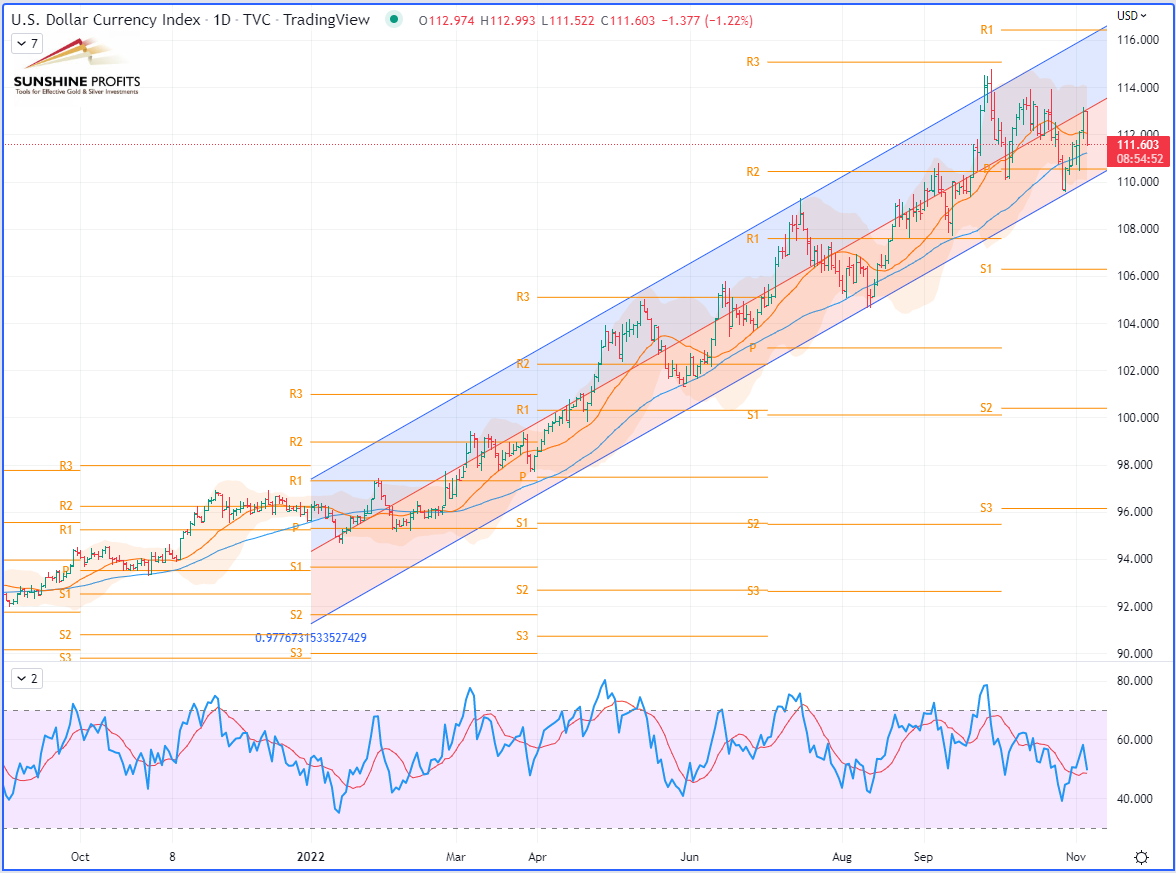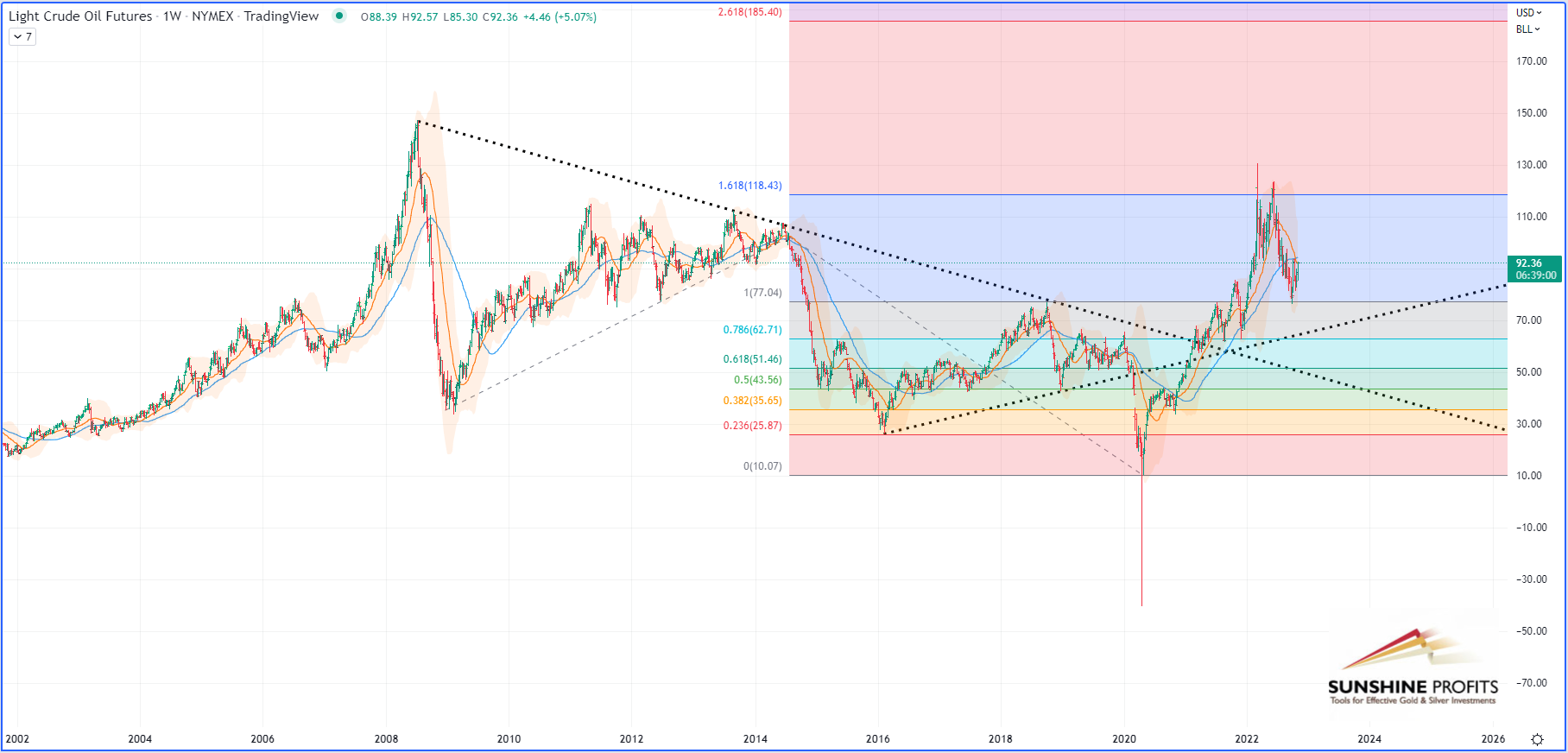Oil prices are trading this Friday at their highest in nearly a month, benefiting from the looming tighter supply as an effect of market speculation around potential zero-Covid policy relief in China.
In addition to the reduction in the OPEC+ production target of 2 million barrels per day for the month of November, the EU embargo and the planned cap on the price of Russian oil add to the pervasive tension in the market.
In addition, the G7 member countries and Australia have agreed to set a fixed cap for the price of Russian oil rather than a variable rate in the interests of clarity, while the United Kingdom has aligned itself with the European Union by prohibiting British ships and service providers from contributing to the maritime transport of Russian oil sold above the fixed price set by the G7 and Australia.
In fact, the services covered by the ban include crude oil transport insurance, a type of insurance called protection and indemnity (P&I) essential for oil tankers covering risks ranging from wars to environmental damage for amounts that can be colossal. Actually, the United Kingdom holds 60% of this market.
On the other hand, the US dollar has weakened today against a basket of major currencies:


US Dollar Currency Index (DXY) CFD (daily chart)
On the WTI Crude Oil chart, by zooming out over the weekly chart, here is what we have now:


WTI Crude Oil (CL) Futures (Continuous, weekly chart)
So here on the long-term horizon, the overall structure of the crude oil market shows an upward trend. Until today we were in a bearish trend on the daily chart (in a mid-term horizon), however, by rallying above its previous month’s high, the WTI might be signaling a trend change by switching into bullish territory again.
Given the recent disagreements between Saudi Arabia-led OPEC+ – reducing its output of crude production – and the United States just as they are entering their mid-term elections, we could expect some manipulations on the oil futures market to push prices lower, the same way it has been done in the gold market over the past 20 years or so. However, the main difference here lies in the fact that the crude oil futures market – unlike the gold market which is mainly used for hedging purposes, portfolio diversification and speculation through paper trading – entails a much larger share of physical deliveries by major market players, which is what makes it more difficult to manipulate.




